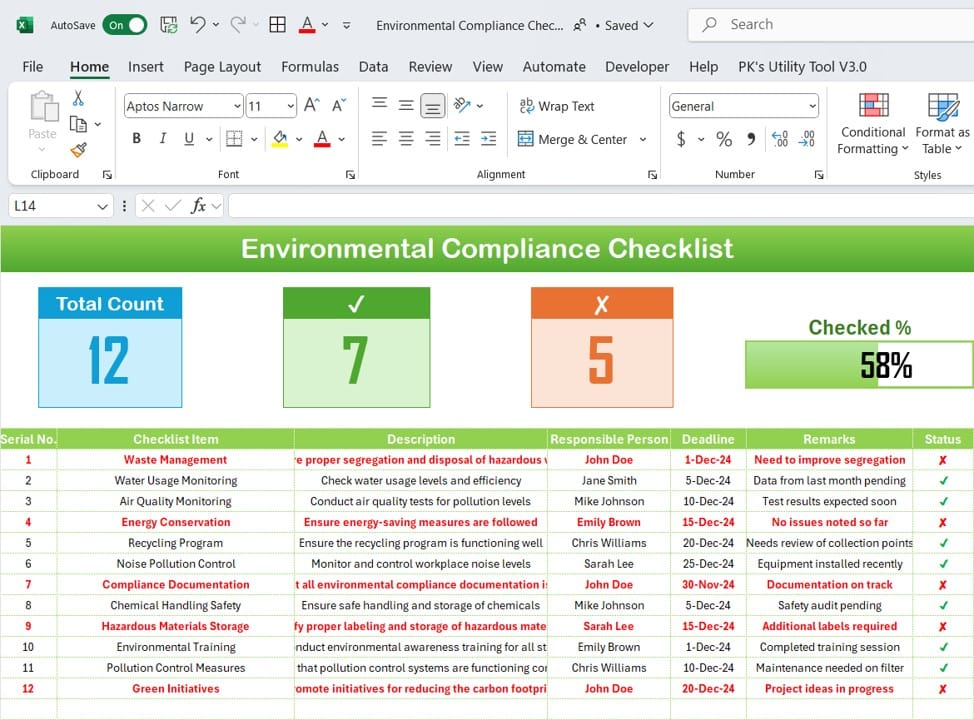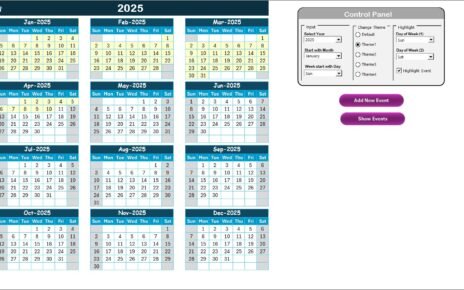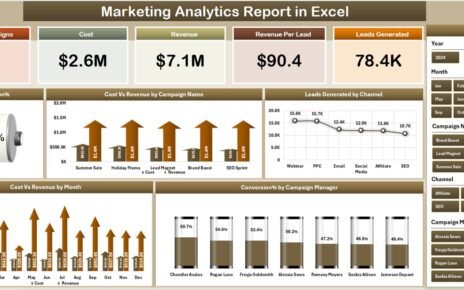In this article, we will take an in-depth look at what an Environmental Compliance Checklist is, its benefits, and best practices for using it effectively. Additionally, we’ll explore how you can improve environmental compliance and what steps you can take to make sure your business stays on track. Lastly, we’ll answer some common questions regarding environmental compliance.
What is an Environmental Compliance Checklist?
An Environmental Compliance Checklist is a tool designed to help businesses ensure they meet local, state, and national environmental regulations. It serves as a structured framework for tracking essential environmental processes, ensuring that a business adheres to legal requirements and practices sustainability.
The checklist typically includes tasks related to waste management, water conservation, air quality control, energy efficiency, pollution control, and other environmental protection measures. The goal is to make the compliance process smoother and more organized.
Key Features of an Environmental Compliance Checklist
The Environmental Compliance Checklist is a practical, ready-to-use template that helps streamline the process of monitoring compliance efforts. Below are the key features of this checklist:
Click to buy Environmental Compliance
Two Worksheet Tabs for Efficiency
The checklist template is organized into two worksheet tabs:
- Environmental Compliance Checklist: The primary worksheet where you input all your checklist data.

Click to buy Environmental Compliance
- List Sheet Tab: This tab captures a unique list of responsible persons, ensuring you can create drop-down menus for selecting the responsible individual for each task.

Click to buy Environmental Compliance
Top Section Overview
At the top of the checklist, you’ll find three important cards:
- Total Count: Displays the total number of tasks on the checklist.
- Checked Count: Shows how many tasks have been completed.
- Crossed Count: Indicates tasks that have not been completed or have issues that need attention.
- Progress Bar: A visual representation of the overall progress of compliance efforts, showing the percentage of tasks completed.
Checklist Table for Easy Tracking
The checklist includes a detailed table for each environmental task. The table has the following columns for clarity and organization:
- Serial No.: Numbering for easy reference.
- Checklist Item: The environmental task to be checked.
- Description: A brief explanation of the task.
- Responsible Person: The individual in charge of the task.
- Deadline: The date by which the task should be completed.
- Remarks: Notes or observations related to the task.
- Status: Use ✔ (checked) or ✘ (not checked) to indicate whether the task is complete.
Advantages of Using an Environmental Compliance Checklist
Implementing an Environmental Compliance Checklist offers numerous advantages for businesses. Here are the key benefits:
- Simplifies Compliance Tracking: The checklist breaks down complex environmental regulations into manageable tasks. It allows businesses to monitor compliance with ease and reduces the risk of overlooking important environmental requirements.
- Ensures Accountability: With clear sections for responsible persons, deadlines, and status updates, the checklist ensures that every team member is held accountable for their tasks. This encourages transparency and fosters a culture of responsibility within the organization.
- Improves Organization: By using a template, businesses can keep all their compliance-related data in one centralized document. This reduces the time spent searching for information and helps you maintain a more organized system for managing environmental obligations
- Boosts Efficiency: Having a clear checklist allows employees to focus on completing tasks and ensures they don’t waste time on redundant or unnecessary processes. This improves overall productivity and speeds up the compliance process.
- Helps Maintain Legal Compliance: A comprehensive checklist helps businesses stay compliant with government regulations. By keeping track of deadlines and tasks, you can avoid potential legal fines or penalties for non-compliance with environmental laws.
Opportunity for Improvement in Environmental Compliance
Although an Environmental Compliance Checklist is an invaluable tool, there is always room for improvement. Below are some areas where businesses can enhance their compliance efforts:
- Regularly Update the Checklist: Environmental regulations evolve over time. Businesses should regularly review and update their checklist to reflect changes in local, state, or national laws. This ensures that the checklist remains relevant and effective.
- Employee Engagement and Training: While the checklist itself can be very effective, businesses should invest in regular environmental training for employees. This ensures that everyone understands their role in maintaining environmental compliance and is aware of the latest regulations and best practices.
- Improve Communication and Collaboration: The checklist provides a central hub for task management, but collaboration among team members can be further improved. Encourage open communication channels and regular updates to ensure tasks are completed on time and with the necessary resources.
- Incorporate Automation: Many compliance tasks can be automated, such as data logging and monitoring. Consider integrating automation tools with your compliance checklist to streamline processes further and reduce the potential for human error.
Best Practices for Using an Environmental Compliance Checklist
Here are some best practices to ensure your Environmental Compliance Checklist is used effectively:
- Clearly Define Responsibilities: Ensure each checklist item has a designated responsible person. This not only improves accountability but also makes sure that no task is overlooked.
- Set Realistic Deadlines: While it’s important to meet compliance deadlines, setting realistic and achievable deadlines helps avoid rushed work and ensures that quality is maintained in every task.
- Regularly Review the Checklist: Don’t wait until the deadline to check the status. Regularly review the checklist and update the status of each task. This proactive approach helps catch potential issues early.
- Use Visuals to Track Progress: Incorporate graphs or progress bars to visually track compliance efforts. Visual tools help everyone stay informed about the status of the overall process and identify areas that need attention.
- Document Everything: Make sure to maintain thorough records of all environmental compliance activities. This documentation can serve as evidence in case of audits or legal inspections.
Conclusion
An Environmental Compliance Checklist is an essential tool for any business aiming to meet environmental regulations and operate sustainably. By using this checklist, companies can track their compliance efforts, ensure accountability, and reduce the risk of non-compliance penalties. Additionally, businesses can improve their processes by regularly updating the checklist, engaging employees, and incorporating automation tools.
With the best practices and improvements outlined in this article, your business can enhance its environmental compliance efforts and contribute positively to a sustainable future.
Frequently Asked Questions (FAQ)
What is the purpose of an Environmental Compliance Checklist?
An Environmental Compliance Checklist helps businesses track and ensure adherence to environmental laws and regulations. It simplifies the process of managing environmental tasks and ensures that all required measures are taken to protect the environment.
How do I use an Environmental Compliance Checklist effectively?
To use it effectively, clearly assign tasks to responsible individuals, set realistic deadlines, and regularly update the status of each task. Review the checklist periodically to ensure nothing is overlooked and document all activities for future reference.
Can I customize the Environmental Compliance Checklist template?
Yes, the checklist template is customizable. You can tailor it to fit your company’s specific environmental tasks and regulations, ensuring that it aligns with your unique compliance requirements.
How often should I update the Environmental Compliance Checklist?
The checklist should be updated regularly to reflect changes in environmental laws and regulations. You should also review it periodically to ensure it includes all relevant tasks and remains accurate.
What are the consequences of non-compliance with environmental laws?
Failure to comply with environmental regulations can result in fines, legal penalties, and reputational damage. It is crucial to ensure that all compliance tasks are completed on time to avoid these consequences.
Visit our YouTube channel to learn step-by-step video tutorials



